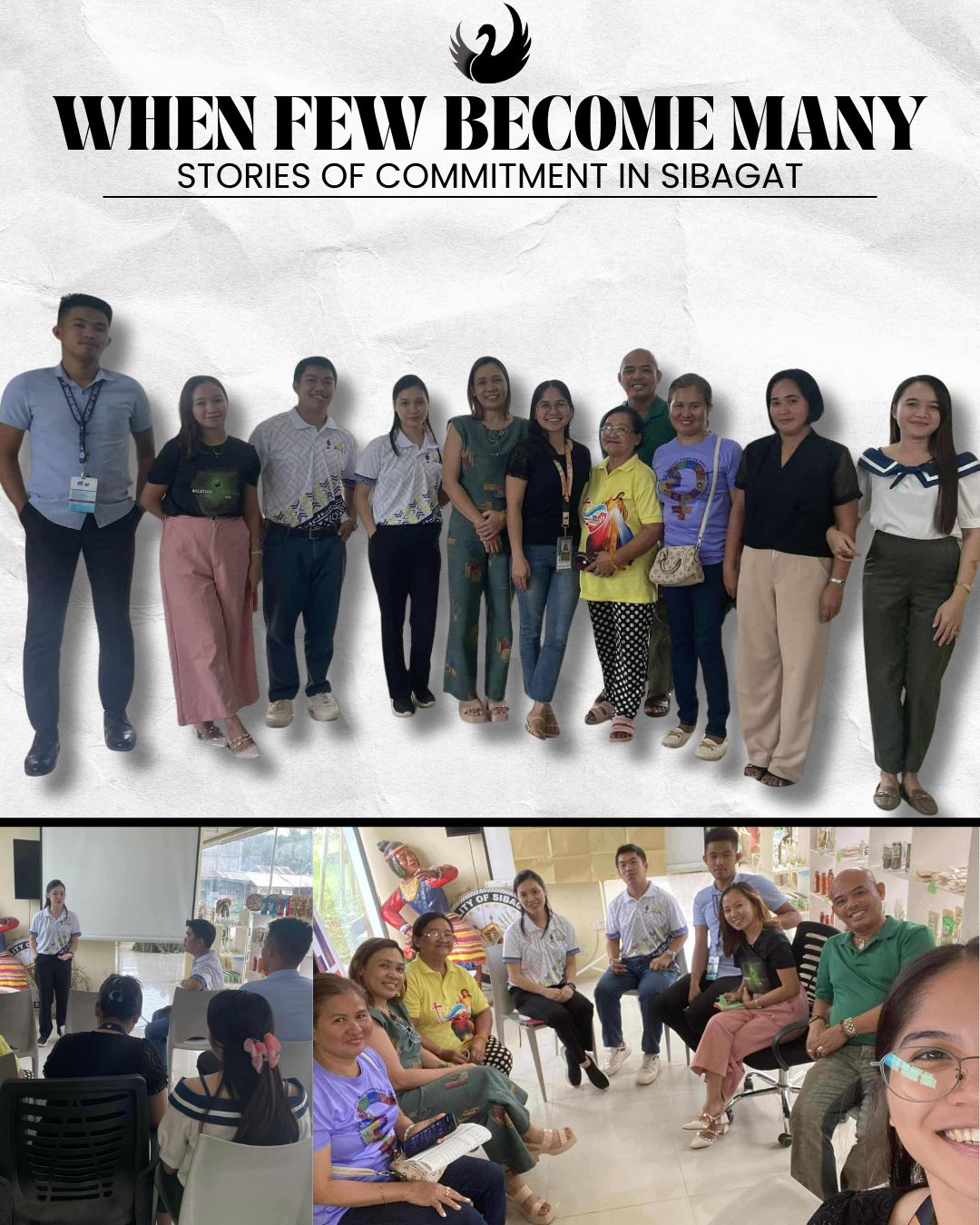Development work has a rhythm all its own. Sometimes it flows with perfect harmony; other times, it falters with unexpected pauses. But in Sibagat, on August 29, 2025, the Collective IPAT-SIAD Team (CIT) showed that even when the rhythm stumbles, the music of community work continues to play.
The meeting that day began under unusual circumstances. Scheduling conflicts meant only a handful of core CIT members could attend. In most settings, this might have spelled a lackluster session. But in Sibagat, the absence of a crowd made way for the presence of something more valuable: passion. More than ten graduates of the Inner Conditioning Workshop (ICW) had just completed their Community Citizen Journalism training, and they came not as passive observers but as newly anointed Sibagat Community Correspondents.
One participant said it best: “We may be few, but we carry stories that matter.” These words cut to the heart of SEA Inc.’s Integrated Participatory Accountability Transparency towards Sustainable Integrated Area Development (IPAT-SIAD) approach, which insists that transformation begins when communities claim the power to tell their own stories.
And then came the moment that turned a modest meeting into an unforgettable one. Mr. Francisco Gabiana, representing the business sector, had earlier excused himself due to pressing commitments. Yet, to everyone’s surprise, he appeared at the door, quiet but purposeful. His presence instantly shifted the energy of the room. “This is important to me,” he said simply. In that understated declaration lay the essence of what makes community-driven governance work: the power of showing up, even when it is inconvenient.
The CIT recognized that engagement requires more than enthusiasm—it requires flexibility. To honor everyone’s availability and ensure broader participation, they decided to continue the meeting on September 5. It was a small but strategic choice, reflecting the adaptability that lies at the heart of IPAT-SIAD.
When the group reconvened a week later, the atmosphere was electric with renewed purpose. They opened by reviewing the August progress report, grounding their discussions in accountability. They then celebrated the impact of the journalism training, recognizing that the new community correspondents were not just storytellers—they were bridges between citizens and governance. Plans for September’s activities took shape: a finalized ICW third-quarter schedule, preparations for government-sector strategic planning, and a candid exchange under “Other Matters,” where pressing concerns were laid bare and addressed constructively.
What might have been a fractured process instead became a two-act story of resilience. Far from being diminished, the split meetings underscored the community’s determination to keep moving forward. In Sibagat, adaptability is not a compromise—it is a strategy.
In reflecting on these gatherings, one realizes that progress in inclusive development is rarely linear. It is shaped by people like Mr. Gabiana, who embody reliability and resolve. It is nurtured by citizens who step into new roles as correspondents, ready to amplify voices from the margins. And it is sustained by a collective that understands setbacks not as failures, but as opportunities to deepen commitment.
The Sibagat story is, in truth, the IPAT-SIAD story. It is a reminder that sustainable development is not about grand numbers or perfect plans. It is about presence. It is about creating spaces where even a few can spark the many. And it is about transforming disruptions into renewed collaboration—because the heart of progress beats strongest when people refuse to give up on one another.
As one CIT member put it at the close of the meeting: “Our community doesn’t just need plans—it needs people willing to show up.”
And in Sibagat, people are showing up—in small ways, in big ways, in ways that matter.





Leave a Reply